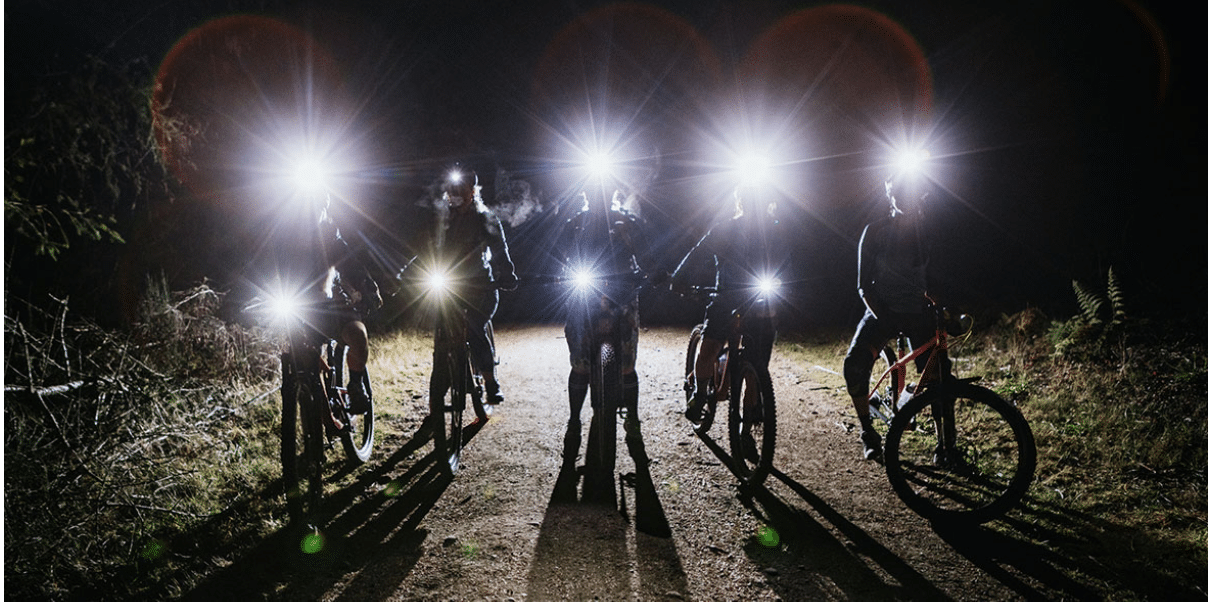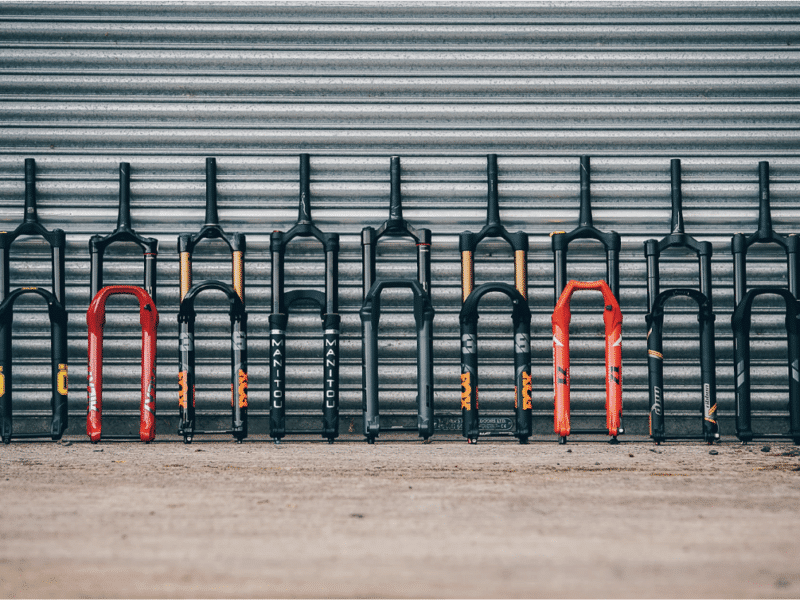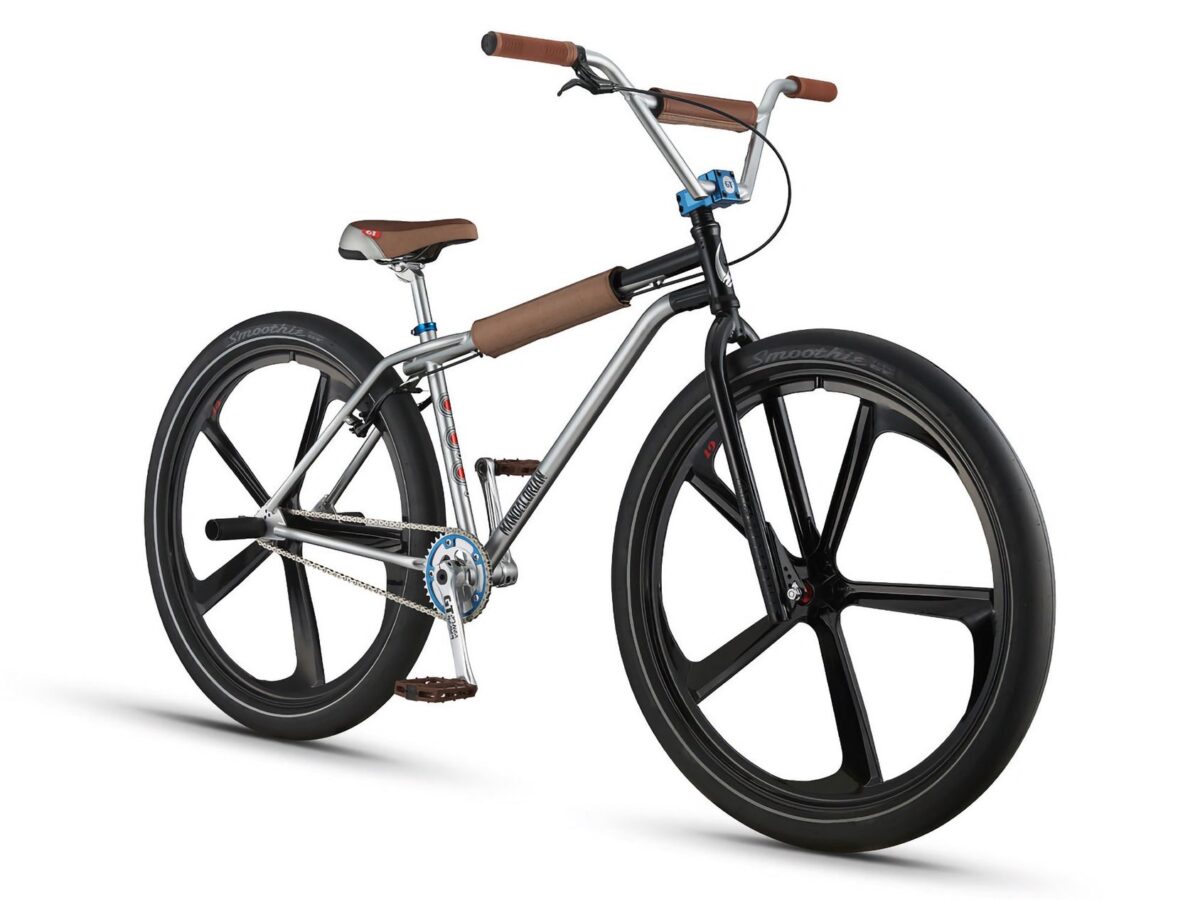Having bike lights on the front of your bike, and sometimes in the rear, is quite important not only to make the path ahead of you more visible but to also make yourself visible to traffic and others.
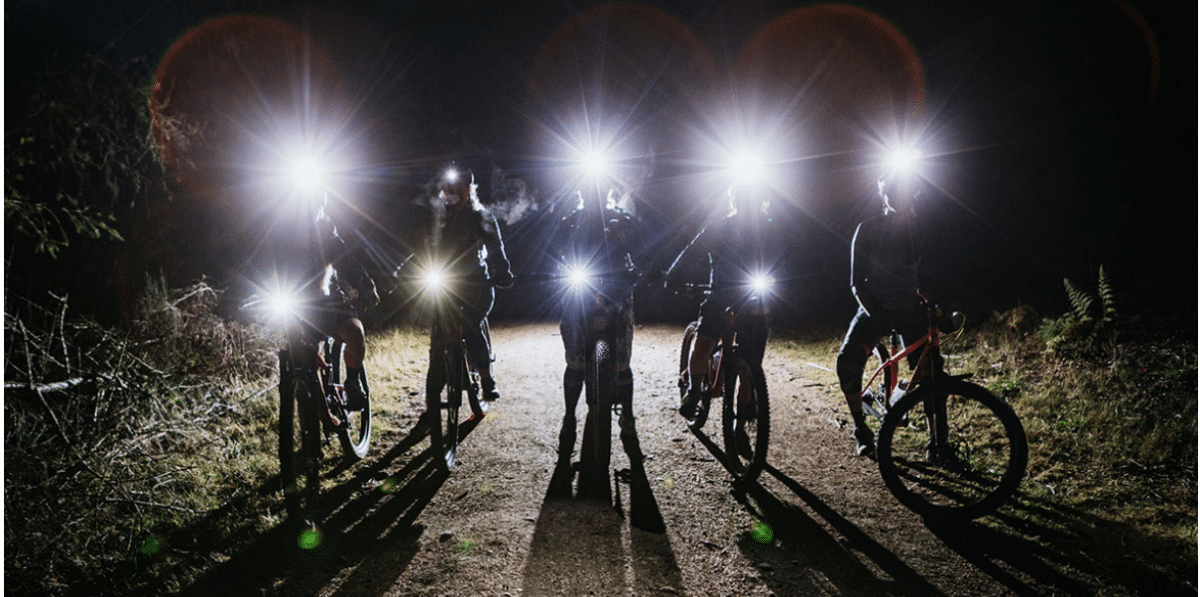
For those who are picking their first bike light to add to their setup, there are a few things that you should look out for and will differ from rider to rider, depending on what sort of riding they are going to be doing. So, in this article you’ll learn about some of the things to keep an eye out for, to ensure that you get the best bike light for you and your riding style.
Lumens
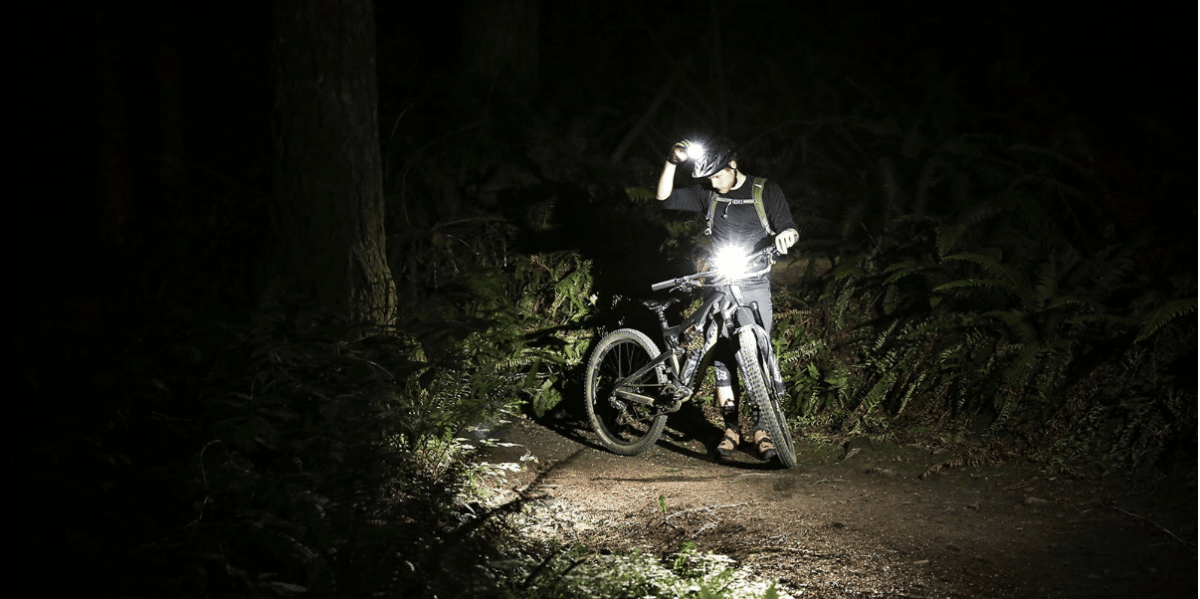
When it comes to choosing bike lights, you’ll see that they are split into two categories, the first being bike lights that have enough illumination to let you see what’s ahead of you very clearly and the second being bike lights that are just designed to ensure that you would be seen by other road users. So, before you start looking at exactly which bike light you’ll buy, it’ll be important to decide if you are getting lights to see or lights to be seen.
The power of illumination that a bike light has is expressed in an amount of lumens, which is a unit of the total amount of light that is emitted from a source. As the amount of light that lights are able to emit is quite important, lumens is often the most important specification that people look at because the larger the number is, the brighter the light will be.
If you are someone that will be doing most of their riding in lit urban areas, and you won’t have to get a light in order to illuminate the road ahead of you, then you may only need a light with a few hundred lumens. On the other hand, if you are a cyclist that will be adventuring onto unlit roads or paths, then this amount of lumens won’t be enough, so you’ll need something a little more powerful. So, for those that’ll just be doing some simple urban commuting, 200 lumens would even be fine, but a minimum of 400 lumens would be recommended for those who’ll be cycling on unlit roads.
Battery Life
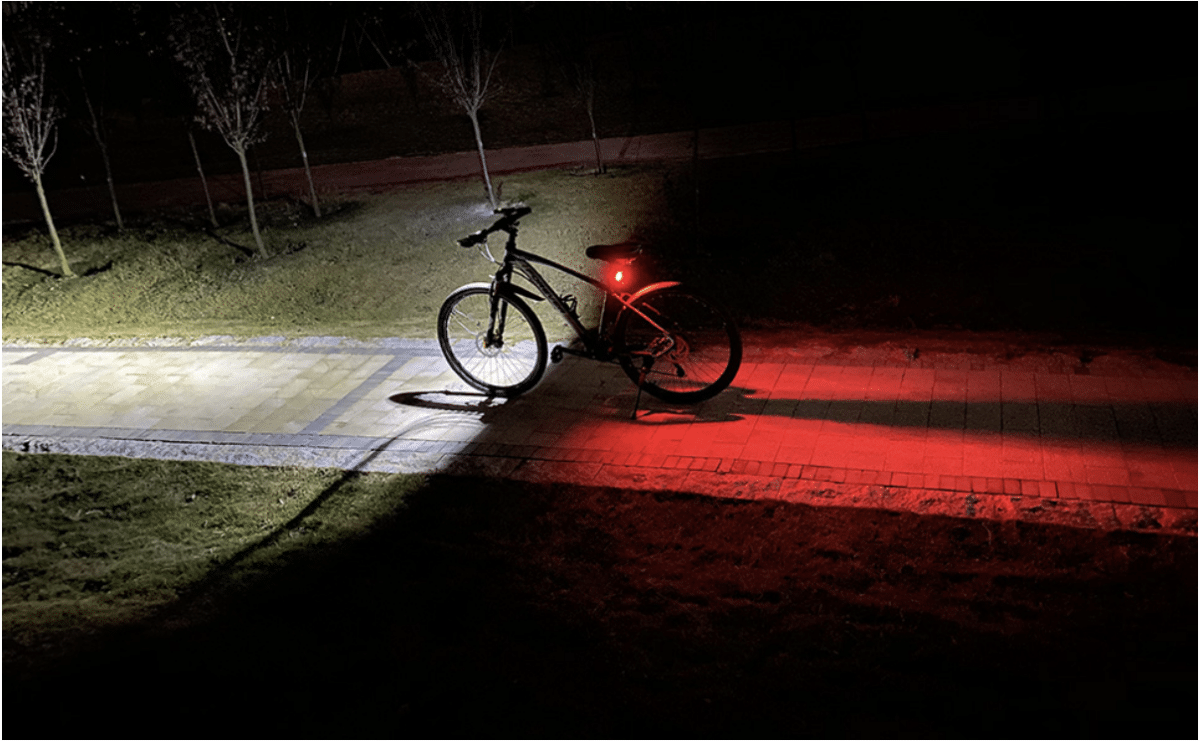
Even though a bike light’s lumen rating is definitely very important, it is not the only thing that you should keep an eye out for. Another really important feature that you should look out for when buying bike lights, are their battery life ratings. A bike light, no matter its lumens rating, that will only be able to last you around a half hour will not be useful to you, especially if you’ll need it performing at its most powerful setting for extended periods of time.
So, with every bike light you check out, it’ll be important to check its claimed battery life that the light has at each of the various power levels it may have, in order to find out whether or not it will be suitable for your riding style.
When it comes to bike lights for mountain bikes, you’ll often find that they will actually come with a dedicated external battery pack, whereas bike lights for commuting and road cyclists usually just have internal batteries. So, whichever option you decide to go for, it’ll have a tradeoff between power, battery life and the size of the light. This is because if you were to get a more powerful light, which comes with a longer battery life, it’ll need a physically larger battery, which will then result in an increased overall size of the bike light unit.
This definitely isn’t a problem for all riders out there, but for many road cyclists, they wouldn’t want to have something huge ruin the sleek look of their road bike or take up any unwanted space on their handlebars. Then if you’re a commuter looking for a bike light, you’d probably want to opt for something that will be small enough for you to stuff into your work bag easily.
Are LEDs good Bike Lights
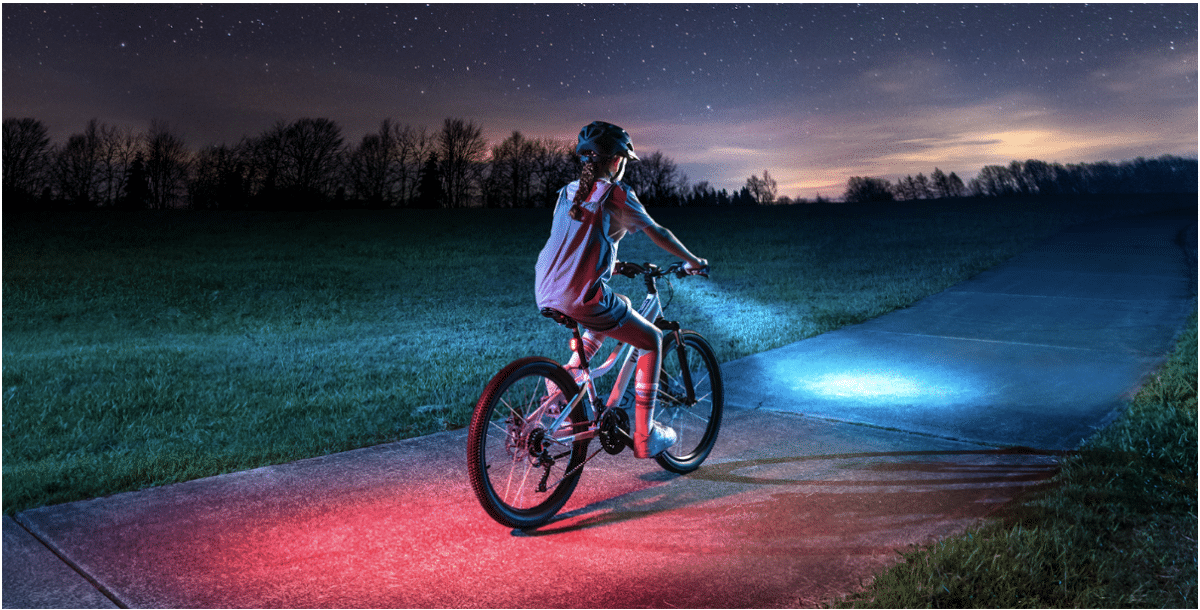
Almost all of the modern high-end front lights that you can get nowadays have moved away from filament bulbs and now have Cree LEDs, which gives better brightness, more versatility, less heat, longer life and are also smaller.
Then when it comes to most of the rear lights that you can get your hands on, they will mostly use COB LEDs. COB, which stands for “chip on board”, are basically multiple LED chips that form a single module. These COB LEDs are great because they give off less heat, are brighter and can also come in a variety of colours, however in some countries you may only be allowed to get a red rear light.
Balance and Beam Pattern

Another good thing to always keep in consideration when purchasing a set of lights for your bike is the balance between the front and the rear. You’ll mostly experience that the front light will have a lot more power compared to the rear since its role is to light up dark roads and cycle paths. Although the lumen count of most of the rear lights won’t even be close to that of the front light, this spec is still pretty important to at least check out.
The main role of your rear light will be to make sure that you are visible to other road users, which means that having a decent battery life as well as brightness is still essential. It’s essential because you don’t want your light running out of juice on your rides and you also want it to be powerful enough so that others are able to see you from a good distance and will be made aware of your presence.
You’ll even be able to purchase bike lights that have been made for daytime use specifically, with the appropriate brightness as well as flash patterns in order to make you visible in not only low light but also bright sunshine.
Mounting Systems

The perfect mounting system would be one that is very easy and quick to both install and remove, whilst still being very secure and infinitely durable, however in reality you’ll often have to compromise on at least one of these things.
The most simple types of mounts are those that use heavy-duty rubber bands as well as groves that are specifically dedicated to the mounting system of the light. The advantage that you get from these types of mounting systems is that they’re easy to install and remove, and can also be adjusted to different sizes and types of handlebars pretty easily. However, the disadvantage that you get from having this setup is that the lights aren’t mounted onto the bike, which makes them more susceptible to any sort of movement that may encounter on rough ground. These mounting systems are also more likely to degrade and eventually break compared to a solid mount.
Then when it comes to solid plastic or metal mounting systems, which are able to clip onto the handlebars of your bike and further be secured with bolts, they’ll be able to give you a lot more security on bumpy roads as well as better long-term durability. However, when it comes to installing and removing these types of mounting setups, it is a much more involved process that could sometimes even require a specific tool, such as a small hex key.
You’ll usually see that manufacturers like to make their lights separately removable from the actual mount itself, this makes it a lot easier and more efficient to just quickly take the light unit off of your bike when you lock it up somewhere. However, not all bike lights have this feature, so it is important to double check before you purchase it.
Final Words
So, there you have some things that you should keep an eye out for when you are looking to purchase a bike light for your bike. There are other features that you can also look out for, such as waterproofing, which could be important for you if you are going to be regularly riding in poor weather conditions.

